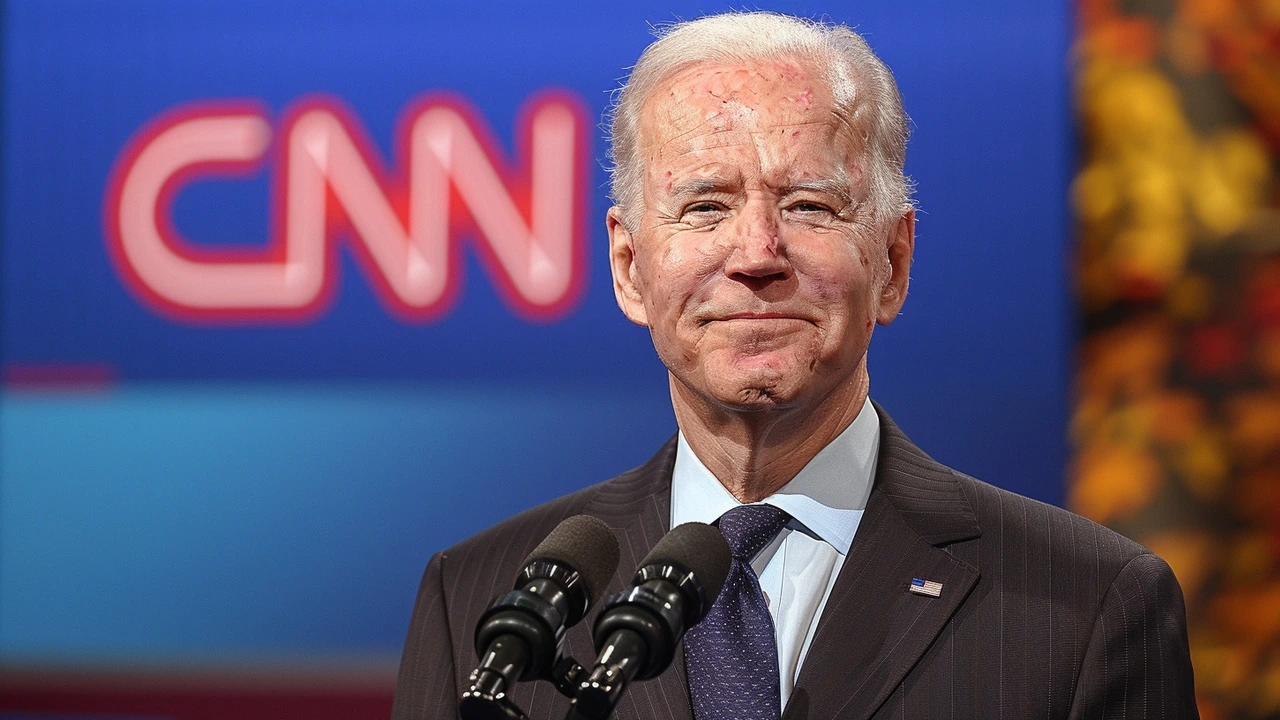Presidential debate: How to watch, judge, and use what you hear
A single line, a sharp zinger, or a clumsy answer can change a campaign overnight. Presidential debates are part theatre, part policy test. If you want to watch like a voter who plans to act, not just a fan of the drama, there are simple tricks that make the noise useful.
A presidential debate is a live showdown where candidates answer questions on policy, leadership, and crises. Voters get a rare chance to compare plans side by side and see how leaders react under pressure. In many African countries, debates can shape the conversation more than ads or speeches.
First, separate slogans from specifics. When a candidate promises 'better jobs' or 'lower crime,' ask for how: numbers, timelines, funding sources. If someone gives vague goals without steps, treat that as a red flag. Concrete plans tell you who has thought through the cost.
Second, watch for contradictions. Candidates repeat talking points, but long careers leave records. If a position today clashes with past votes or statements, pause and verify. Fact-checkers often highlight these flips within hours.
Performance matters, but don’t confuse confidence with competence. Strong voice, steady eye contact, and calm answers help, but they don’t replace details. Nervous gestures, constant interruptions, or evasive answers usually hide weak plans.
Quick checklist for watching
Before you press play: note the date, moderator, and format. Timed answers favor short points; town-hall formats let voters interact. Watch for follow-ups—good moderators force details. Keep a notepad: jot big promises, numbers, and any claims you want to check.
Bring basic tools: a reliable fact-check site, access to full transcripts, and a calm feed on social media. If a clip goes viral, find the full exchange on the broadcaster's site before you share. Short clips often miss context or edit out key rebuttals.
Expect an immediate poll bump for strong lines, but long-term shifts depend on follow-up coverage and reality checks. A single strong night can open space, but sustained support needs policy proof and campaign follow-through.
If you’re undecided, focus on plausibility. Ask: can this plan be paid for? Is it implementable here? Who benefits? Look beyond catchy lines to the local impact on jobs, schools, and safety.
Where to go next
After the debate, read at least two fact-checks, one deep policy analysis, and the full transcript. Watch longer clips for context. On Patio Pulse you’ll find debate reactions, fact-check summaries, and explainers that link promises to real consequences. Use those to decide, not just to react.
Look for local language coverage and community shows. Many viewers miss nuance when clips are only in national language. Join a small watch group or community forum to compare notes and spot claims you missed. Local reporters often catch points national outlets ignore.
Check the official campaign documents after the show. If a candidate cites numbers, find the source. That simple habit separates slogans from real plans and helps you vote with confidence. Check for bias.

MSNBC’s Honest Take on Joe Biden’s Debate Performance Shows Commitment to Truth
Keabetswe Monyake Jun 28 19MSNBC’s detailed coverage of Joe Biden’s disappointing debate performance reflects the network’s dedication to candid journalism. Their team, led by Rachel Maddow, engaged in sincere analyses post-debate, addressing Biden’s weaknesses without bias. Even loyal supporters on 'Morning Joe' critically assessed his suitability, underscoring MSNBC’s commitment to honest political introspection.
More Detail